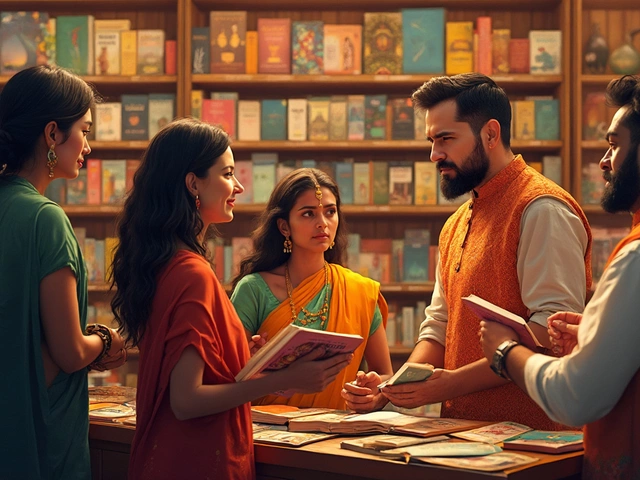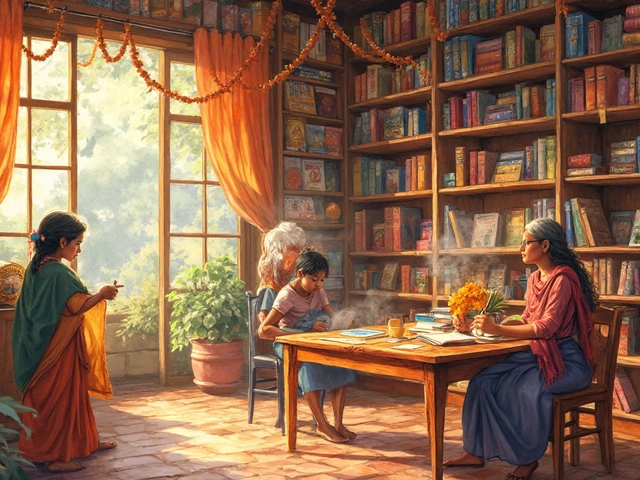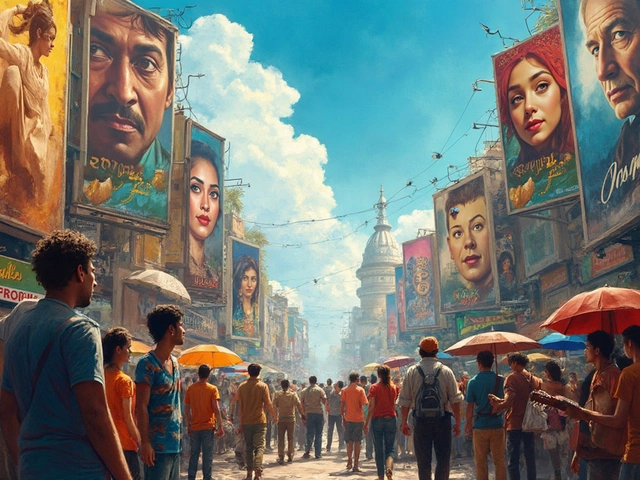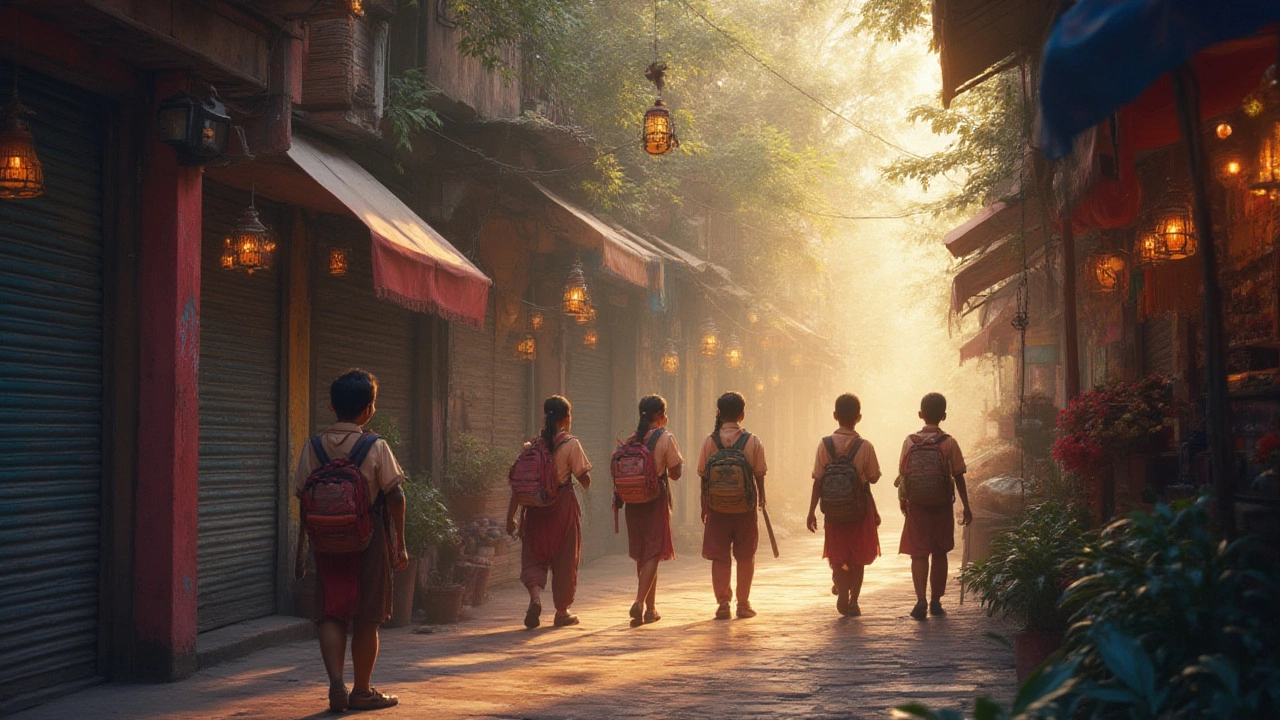
Ever watched a debate about whether Harry Potter belongs with Tolkien’s Lord of the Rings or Neil Gaiman’s Neverwhere? The high vs. low fantasy argument gets heated—seriously, it's almost as intense as Gryffindor vs. Slytherin. That’s because Harry Potter’s world is just familiar enough to ours, yet totally mad with goblins running banks and wands fixing glasses. So, where does it land? Let’s untangle that, using real examples, a sprinkle of Potter lore, and looking at fantasy genre rules.
What Sets High and Low Fantasy Apart?
Fantasy isn’t just dragons and magic castles—although let’s be honest, that helps. High and low fantasy are about where the magic lives and how the world works. High fantasy (think Lord of the Rings, The Wheel of Time) throws you into a place where everything is different: languages, geography, politics, even the stars in the sky. Low fantasy, on the other hand, usually keeps a foot in the real world—magic seeps into or hides inside everyday life, like in Neil Gaiman’s Neverwhere or Jonathan Stroud’s Bartimaeus Trilogy.
So, it all comes down to portal or native worlds, hidden realms or parallel realities. In high fantasy, the story usually takes place in a completely different universe. There’s no London—just Lothlórien, Westeros, or Narnia. But in low fantasy, you still have your own maps. Maybe something strange is happening in Godric’s Hollow or on the 9 3/4 train platform, but it’s technically our world, not an entirely separate creation.
There's also the matter of stakes and themes. High fantasy tends to run toward big things like destiny, ancient prophecies, and world-altering wars. Low fantasy, meanwhile, focuses on personal struggles, hidden magic, and how regular people trip over the supernatural by accident or birthright. But the distinction isn’t always cut and dry, especially when a story borrows from both (hello, Harry Potter!).
Rowling herself never said, “This is high fantasy!” On the contrary, she built Hogwarts on a recognizable version of the British countryside and set the Dursleys in an utterly normal English suburb. The magical elements are secret, woven through the mundane. Harry’s school letters find their way through the Muggle mail, yet nobody else notices the wizardy stuff unless yanked behind the curtain.
Even the structure of the wizarding world feels like a magical underground version of ours—there are newspapers, politicians, and sports leagues, but they’re all decked out with Howlers and Bludgers instead. Honestly, if you took magic away, there’d still be boarding schools and family feuds, which nudges it toward low fantasy territory. But hang on, there’s more to dig through before stamping any labels.
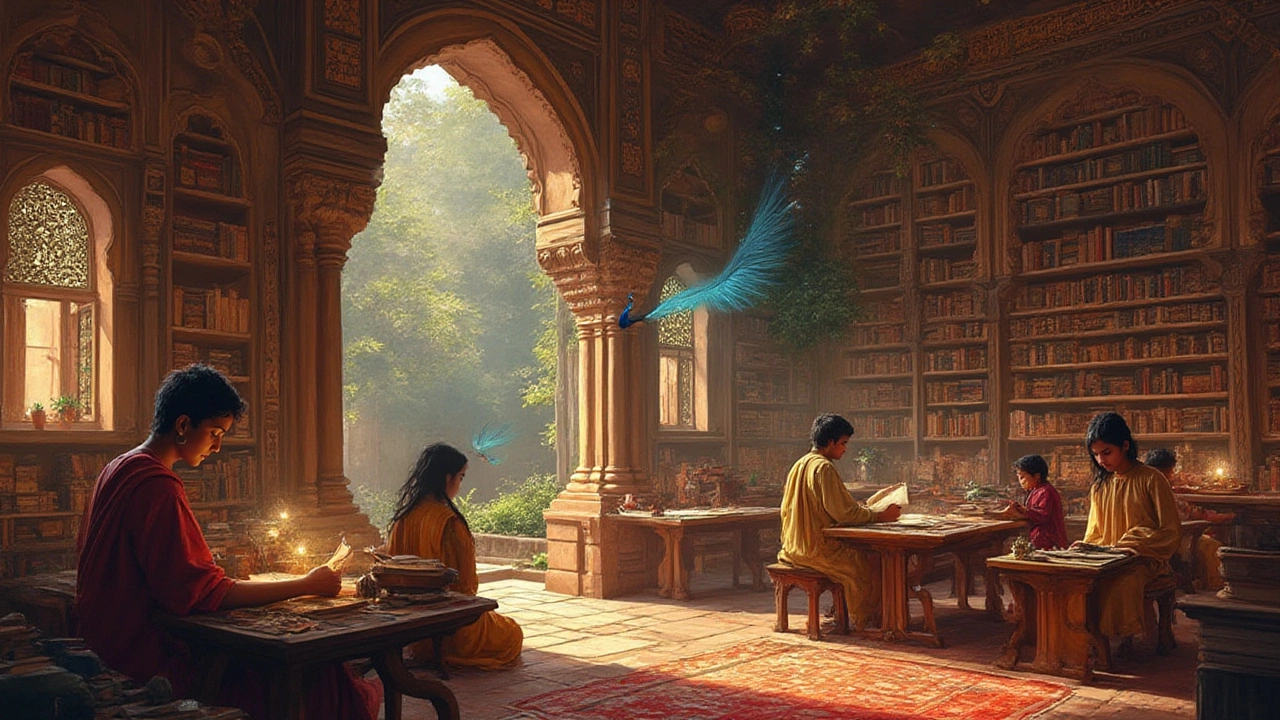
Dissecting the Wizarding World: Real World or Alternate Universe?
JK Rowling’s world building is smart—it doesn’t ask us to forget the real world but to peek behind its curtains. King’s Cross Station exists, and so does Edinburgh Castle, yet Hogwarts sits out of sight, hidden by spells. Magic doesn’t replace reality; it runs parallel. That’s classic low fantasy, where the fantasy invades or coexists with daily life.
Contrast that with The Lord of the Rings. Middle-earth is a whole other reality—no idea what a train looks like or what a television does. Harry Potter, in contrast, is full of London streets, modern slang, and boring school uniforms—at least until you get to the robes. Even magical things echo the real world. The Ministry of Magic is a clumsy government bureaucracy; Diagon Alley is just a magical shopping district behind a regular pub. I mean, who hasn’t wished for a secret entrance at their local cafe?
Let’s not forget the “Muggle” distinction. Most people in Harry’s world are completely unaware of magic, and the wizarding society is careful to hide it. This is the opposite of high fantasy, where everyone’s in on the magic and centaurs get front row seats at the politics table. Instead, secrecy and separation dominate Rowling’s take. Harry himself has to cross from one side to the other, learning about magic the hard way—with misfiring spells and near-death Quidditch games.
This divide between Muggle and Wizard isn’t just background flavor; it’s crucial to the plot. Harry struggles with where he belongs. Hermione gets bullied for being both a Muggle-born and a brilliant witch. Every adventure bounces between the normal and the extraordinary, with the two worlds constantly brushing up against each other. That push and pull is a hallmark of low fantasy.
But it’s not quite so neat. There’s a hidden magical society, yes—but what a society! We’re talking talking paintings, ghosts haunting ancient hallways, and castles that literally change shape every year, per Rowling’s Pottermore entries. Hogwarts has secret passages and forbidden forests with actual monsters. If that sounds epic, it’s because it is. Some scholars argue the sheer depth of the wizarding world—with its own banking system, sports, and magical law—leans toward high fantasy.
Still, ask yourself: does magic make a world “high fantasy” if it stays tucked away from most people? Or is the combo of everyday settings and secret magic what defines Harry Potter and makes Hogwarts feel so close to home—even if most of us stare at stone walls, hoping for a Platform 9 ¾ to pop open?
There’s even a middle ground, called “portal fantasy.” That’s when the main character starts in the real world and steps through a doorway (think Narnia’s wardrobe, or Lyra’s Oxford in His Dark Materials). Harry’s first letter is basically a portal—his invitation into a place that exists alongside what he knows, but in plain sight only if you’re in the know. That mix of hidden magic and real-world grit is why fans keep arguing about Harry Potter’s category.
Here’s a look at how Harry Potter stacks up on typical genre traits:
| Trait | High Fantasy | Low Fantasy | Harry Potter |
|---|---|---|---|
| Setting | New world, nothing familiar | Real world, magic hidden | Mostly real world, secret magic realm |
| Main Characters | Born in magical world | Often from normal world | Harry is raised as a Muggle, enters magic world |
| Magic Exposure | Openly present | Secret, hidden | Secret from Muggles |
| Overarching Plot | Epic battles, destiny | Personal struggles, discovery | Mix of both: personal and epic |
Fun fact: The Hogwarts Express train journey specifically echoes the old British school tradition—kids leaving home for boarding school, but with extra Pumpkin Pasties and dementors. Rowling’s own life shaped this blend of ordinary and magical: she wrote at Edinburgh cafes, basing wizarding turrets on local castles and using real landmarks for magical events. It doesn’t get more rooted in our world than that.
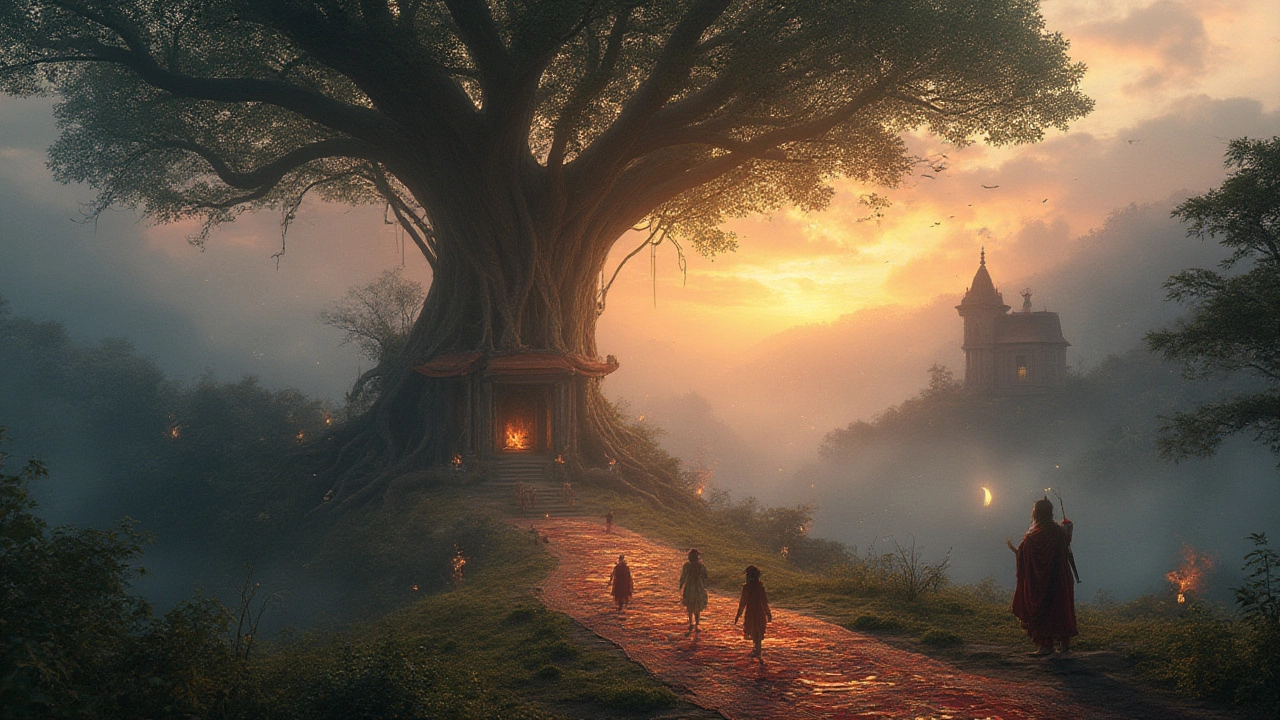
Harry Potter’s Genre Secrets—Why Labels Matter (or Don’t)
Most people don’t read Harry Potter and immediately start sorting it in a fantasy subgenre. They want to know if they’ll see magical creatures, thrilling duels, and characters worth caring about. But the “is it high or low fantasy?” question reveals why Harry Potter feels timeless and accessible—even for people who aren’t wild about dragons or elves.
The series gets its charm by combining high fantasy’s depth with low fantasy’s familiarity. Sure, there are ancient prophecies and battles over ultimate evil—Voldemort is basically a ring-wraith with better skin care. But the story starts with an ordinary boy under a staircase, not an elven king or a chosen child from a mythic past. Harry’s struggles—awkwardness, friendship drama, feeling like an outsider—are universal. The magic is just dramatic window dressing for what every teenager feels.
The world-building is so thorough that you get high-fantasy vibes. There are detailed magical histories, Hogwarts library rules, and enough made-up sweets to confuse a dentist. But all of this takes place behind real places (Grimmauld Place, the Department of Mysteries) and divides the story into two mirrors—the visible and invisible worlds. Harry and friends never leave Earth; instead, they unpack layers of their own world, discovering it’s deeper and weirder than they’d guessed.
What about the readers who crave strict answers? Here’s a tip for sorting genres with a little less stress: ask yourself where the main character starts and where their magic comes from. The more a story depends on our everyday reality—the streets, schools, families—the likelier it is to be low fantasy. The more you have to learn new languages, maps, and history alongside the characters, the more high fantasy you’ll feel. But don’t get so tangled in definitions that you miss what makes a story work. Rowling’s genius wasn’t picking the right label; it was weaving real emotion and laugh-out-loud details into both the magical and the ordinary.
And here’s another secret: genres aren’t prison bars; they’re springboards. Many books land somewhere in the middle—“mid-fantasy,” “magical realism,” or “portal fantasy” if you want to get fancy. Some bookshops shelve Harry Potter in young adult, some in fantasy, and some in children’s. It sells either way because people don’t care what you call it if they’re having fun dodging Bludgers and plotting with Dobby.
So, is Harry Potter high or low fantasy? That’s up to your perspective. It’s got one foot in boarding school, one foot in the Forbidden Forest, and both shoes covered in chocolate frog crumbs. It’s the slipperiness between genres that lets every reader find a home—whether you want grand magical duels, awkward crushes, or just a hidden world behind your train station wall.
